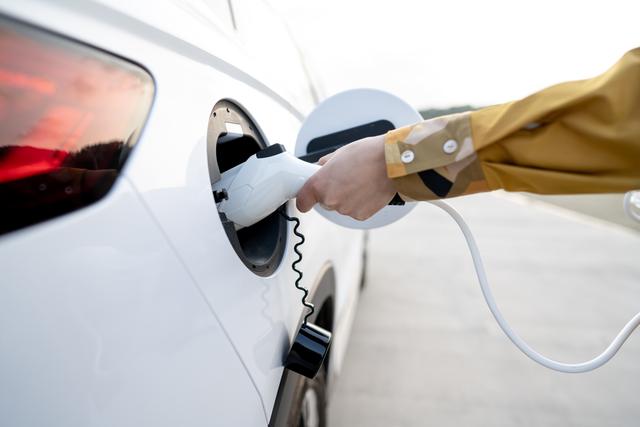- EV Charging
- NORTH AMERICAN CHARGING STANDARD
- NACS
- Electric Utilities
How Electric Utilities Can Prepare for EV Acceleration

In a seismic shift, EV manufacturers have coalesced around the North American Charging Standard (NACS) developed by Tesla. Tesla has rapidly struck deals with OEMs that adopt NACS, allowing them to utilize the company’s nationwide Supercharger network. Reflecting this acceleration, Guidehouse Insights anticipates that North American plug-in EV sales will increase at a compound annual growth rate of nearly 23% over the next decade, rising from 7% of the light duty vehicle market in 2022 to more than 40% by 2031. With BMW, Fisker, Ford, GM, Honda, Hyundai/Kia, Jaguar Land Rover, Lucid, Mercedes-Benz, Nissan, Polestar, Rivian, Subaru, Toyota, Volvo, and major charging network operators all signaling their use of the standard by 2024 at the earliest, the intensifying pace of sales requires electric utilities to aid the transition to EVs.
Those switching to NACS will have access to more than 12,000 Superchargers on the network, enabling easy access to fast public charging and forgoing investments needed to roll out proprietary infrastructure. As the White House has announced goals for 50% of vehicles sold by 2030 to be emissions free, utilities should be prepared to bear additional electrical loads driven by EV adoption.
With utility support, consumers can better prepare for an electrified future. Mass EV use will require additional chargers installed in not only private residences but also multifamily units, workplaces, businesses, and more. Utilities should be at the forefront of these deployments, advance interconnection queues, and provide assurance of EVs’ value.
Utility Action Items
- Site and support charging infrastructure. Reliable charging infrastructure is critical to providing market certainty and signaling to customers that the shift to EV has begun. Utilities, however, aren’t alone in laying the groundwork for clean vehicles. Industry groups like the National Electric Highway Coalition and EVs2Scale2030 are providing resources, collaborative working groups, and best practices for deploying charging infrastructure to enable a seamless changeover.
- Have a plan for increasing interconnection requests in parallel with EV uptake. Advanced features such as bidirectional charging, as available with the Ford F-150 Lightning, are already being embraced by consumers. Utilities should explore the implications of pairing generation with distributed energy resources like residential batteries, heat pumps, grid-connected water heaters, and vehicle-to-everything capable EVs to form innovative flexibility and reliability solutions.
- Serve as a trusted guide to help consumers transition to EVs. Especially as electric car companies and charger operators rally to NACS, education can help consumers to understand the fluctuating requirements for EVs. Utilities may play the role of trusted guide—referring consumers to home charger installers, providing information on incentive eligibility, and answering questions. Education can also improve a utility’s standing with customers as an authoritative source that strives to provide value.
As OEMs increase EV production, public as well as private charging infrastructure is rolled out, consumers recognize the benefits of EV ownership, and costs decline, utilities have an opportunity to provide enhanced products and services. NACS adoption is an example of crystallizing nascent standards, making it easier for consumers to navigate the EV market. The handover to EVs will not happen overnight; however, new tax credits and infrastructure improvements are incentivizing the switch to electric.
To learn more about the accelerating EV market in regions across the globe, check out Guidehouse Insights’ recent Electric Vehicles reports or get in touch for custom solutions.